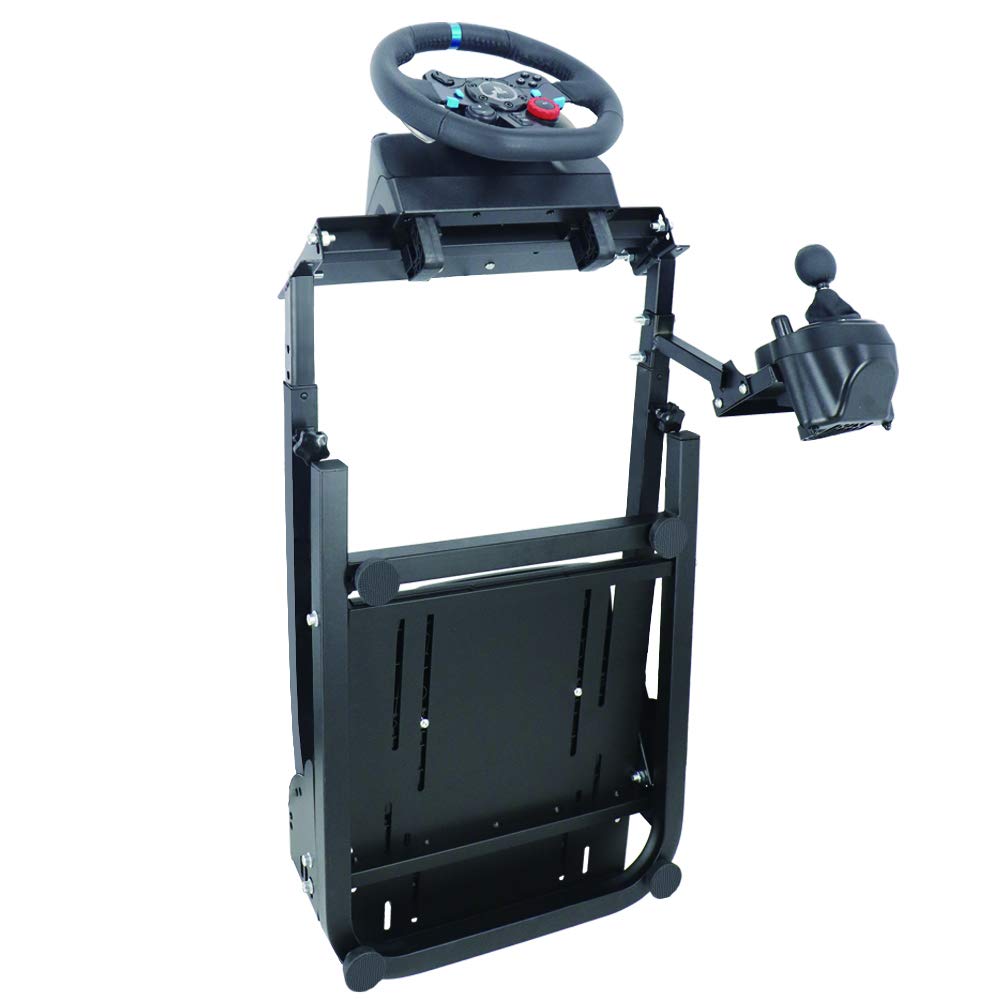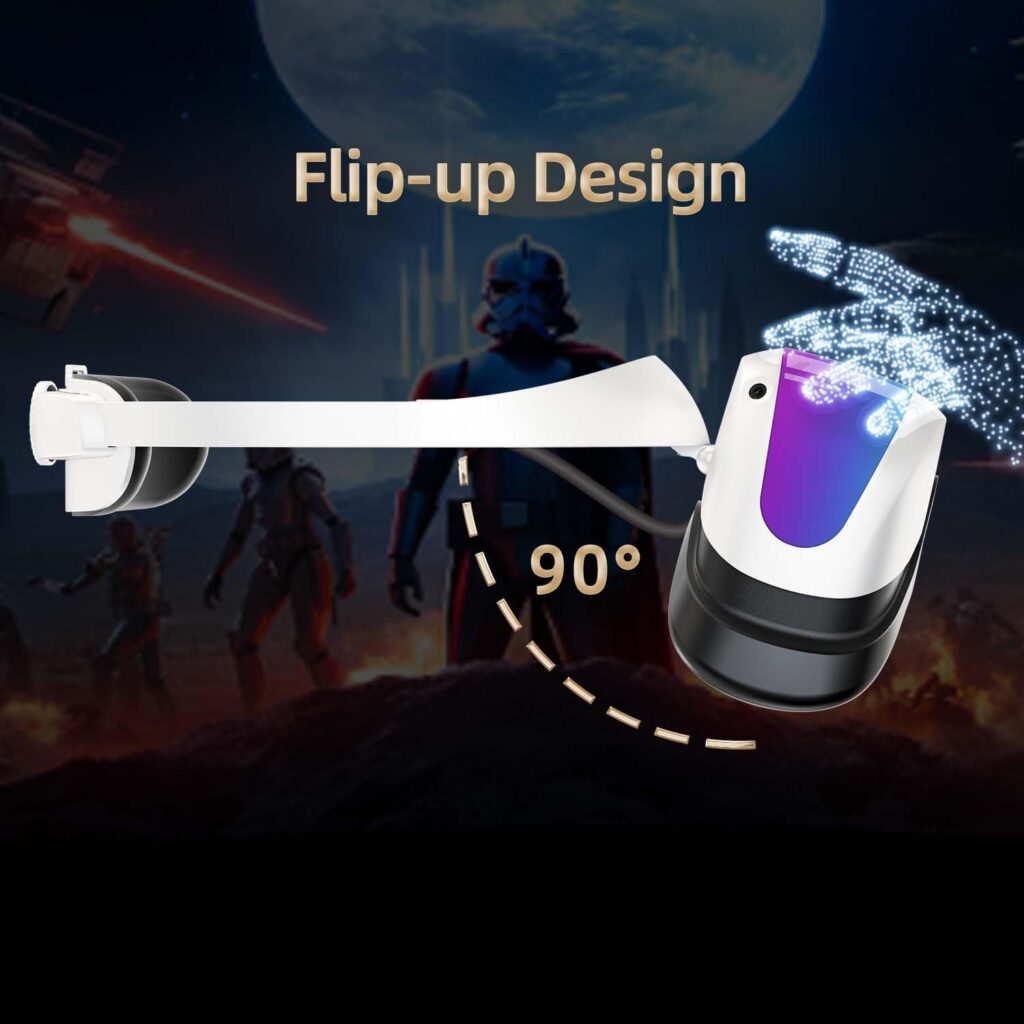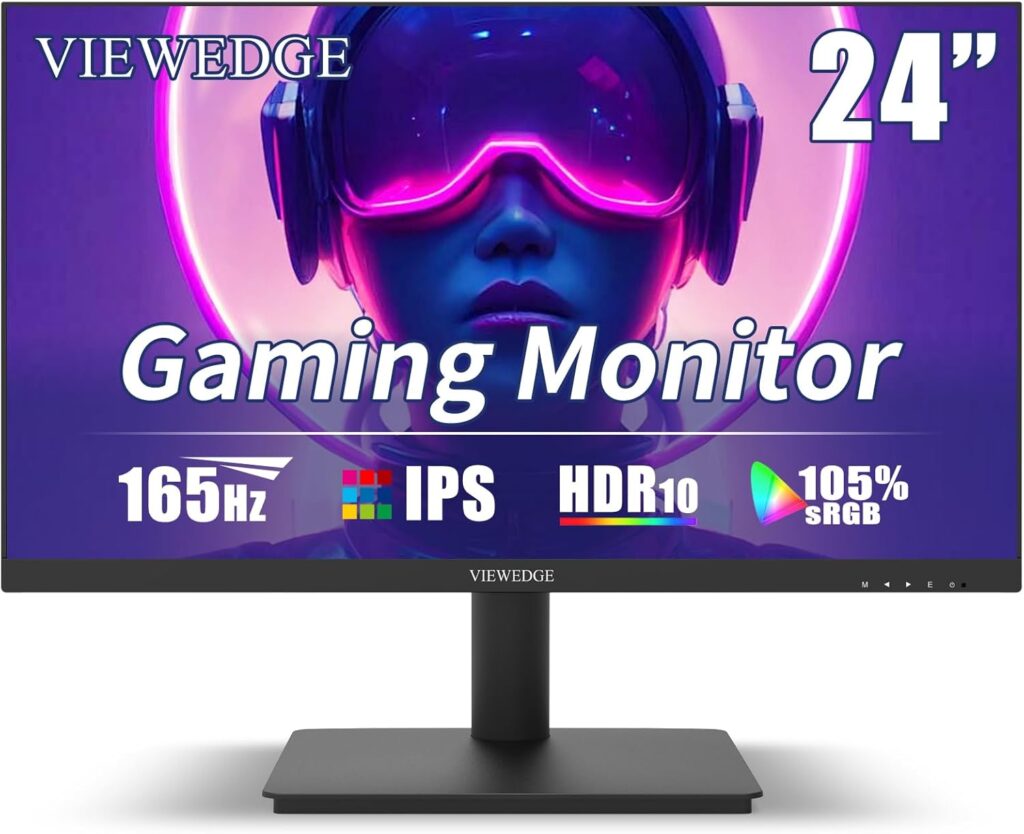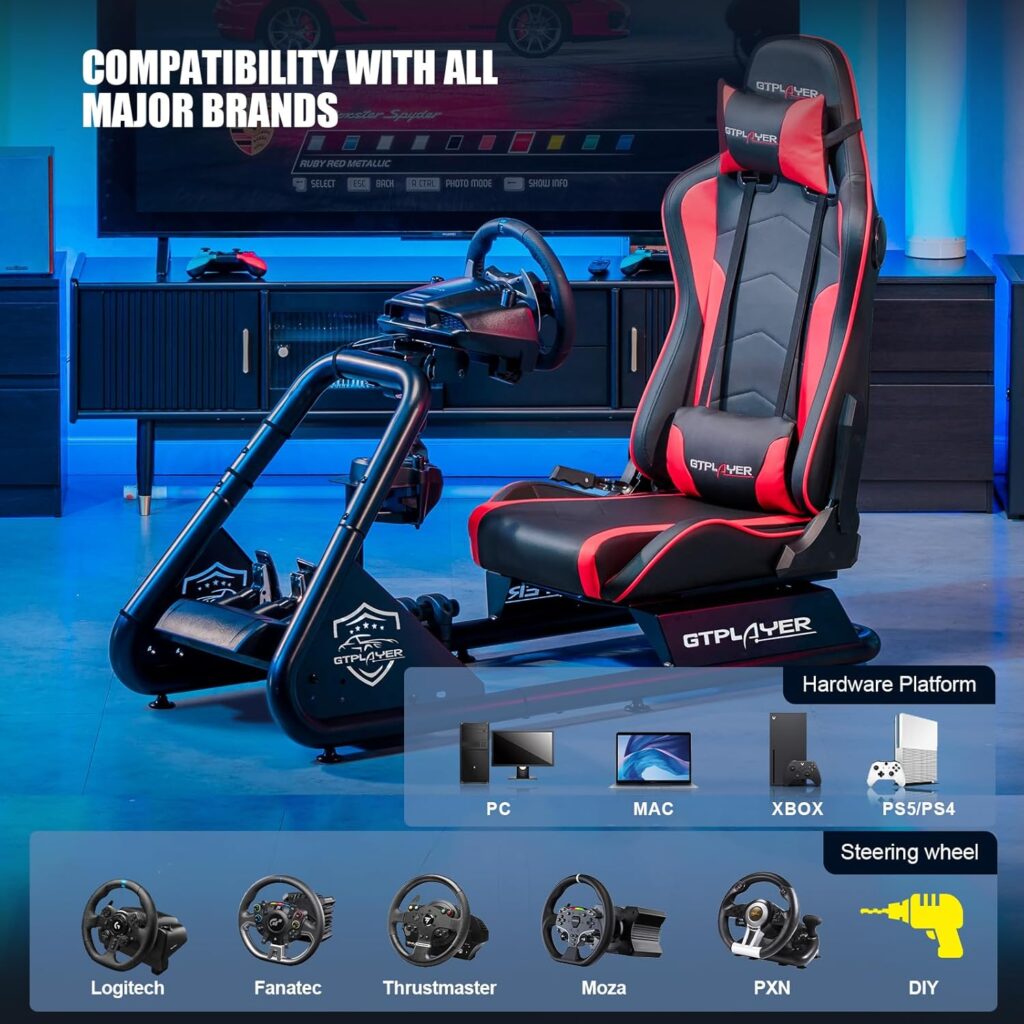Have you ever wondered what sim racing is all about and how it works? Sim racing, short for simulation racing, is a form of virtual reality racing where players use specialized software and hardware to recreate the experience of driving a race car. Through the use of high-tech simulators and realistic graphics, sim racing provides an immersive and exciting experience for racing enthusiasts. Whether you’re a seasoned driver or just starting out, sim racing offers a thrilling way to test your skills and compete against other players from the comfort of your own home. So, put on your virtual racing suit and get ready to hit the virtual track!
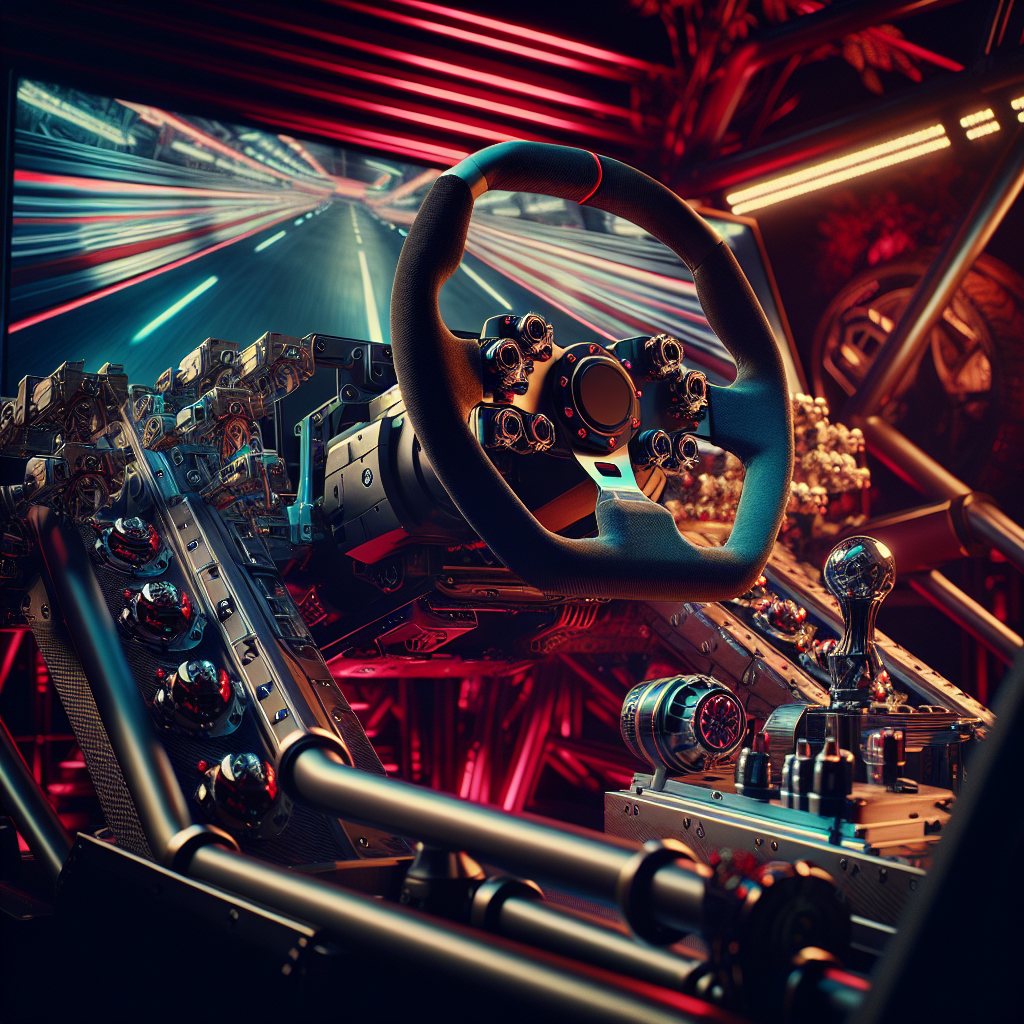
What is Sim Racing?
Definition of Sim Racing
Sim racing, short for simulation racing, is a form of virtual racing that involves using a computer or gaming console to simulate real-life racing experiences. It offers players the opportunity to drive race cars, street cars, or other vehicles in highly realistic simulated environments. Sim racing enthusiasts can race against computer-controlled AI opponents or compete against other players in multiplayer mode. Sim racing aims to provide a realistic and immersive experience, replicating the challenges and excitement of real racing.
Brief history of Sim Racing
Sim racing can be traced back to the late 1980s and early 1990s when racing simulators began to emerge on personal computers. These early simulators offered basic graphics and limited physics engines but laid the foundation for what would become a rapidly growing industry. Over the years, sim racing has evolved and advanced in terms of graphics, physics engines, and overall realism. With the advent of online gaming, the ability to race against other real players from around the world has taken sim racing to new heights.
Sim Racing vs. Real Racing
While sim racing aims to replicate real-life racing experiences as closely as possible, there are some fundamental differences between the two. Real racing involves physical exertion, the element of danger, and the need for precise physical skills. On the other hand, sim racing focuses more on the mental skills required for racing, such as strategy, concentration, and decision-making. Sim racing also eliminates the financial barriers associated with real racing, allowing enthusiasts to experience the joy of racing without the high costs.
Types of Sim Racing
PC Sim Racing
PC sim racing is the most popular and versatile form of sim racing. It allows players to use a computer as their gaming platform, providing a wide range of simulators, racing games, and hardware options. PC sim racing offers a high level of customization and flexibility, allowing players to adjust settings, use mods, and access a vast library of racing games and simulation software. With the right equipment, PC sim racing can provide a truly immersive experience.
Console Sim Racing
Console sim racing is another popular option for enthusiasts who prefer gaming consoles such as PlayStation, Xbox, or Nintendo Switch. While consoles may not offer the same level of customization as PC sim racing, they provide an accessible and user-friendly platform for racing games. Many racing games are specifically designed for consoles, ensuring optimized gameplay and graphics. Console sim racing is a great option for those who prefer simplicity and ease of use.
Mobile Sim Racing
With the increasing capabilities of smartphones and tablets, mobile sim racing has also gained popularity. Mobile racing games offer a portable and convenient way to enjoy sim racing on the go. While the graphics and physics engines may be less advanced compared to PC and console sim racing, mobile sim racing provides an accessible and affordable option for casual racing enthusiasts. It’s a great way to pass the time and experience the thrill of racing wherever you are.
Sim Racing Hardware
Simulators
Simulators are the central component of a sim racing setup. They consist of a racing seat or cockpit, which provides a comfortable and immersive seating position, and a frame or stand to hold the hardware securely. Some simulators also come with built-in vibration feedback systems, adding an extra level of realism. Simulators vary in price and quality, with options available for beginners as well as more advanced and professional setups.
Steering Wheels
A high-quality steering wheel is essential for an authentic sim racing experience. These wheels feature force feedback technology, providing realistic resistance and vibrations to simulate the feel of real-world driving. Many steering wheels also come with adjustable settings, allowing players to fine-tune the sensitivity and force feedback strength to their preferences. Having a well-built and responsive steering wheel enhances the precision and control needed for competitive sim racing.
Pedals
Sim racing pedals replicate the accelerator, brake, and clutch pedals found in real vehicles. They are usually sold as a set with the steering wheel and are designed to offer a realistic pedal feel and responsiveness. Some advanced pedal sets feature load cell technology, which measures the pressure being applied to the pedals for more accurate input. Adjustable pedal positions and pedal plates allow customization to suit different preferences and driving styles.
Shifters
For players who prefer manual transmission, sim racing shifters are available as an optional accessory. These shifters replicate the gear shifts found in real cars and can be either standalone units or integrated with the steering wheel or gearshift assembly. They add an extra level of immersion for those who enjoy the challenge and authenticity of manual shifting. Like other sim racing hardware, shifters often have adjustable settings to cater to individual preferences.
Virtual Reality (VR)
Virtual Reality (VR) technology has revolutionized the sim racing experience. VR headsets provide an immersive and 360-degree view, allowing players to feel like they’re inside the racing environment. VR enhances the sense of speed and depth perception, making it easier to judge distances and corners accurately. Combined with a high-quality steering wheel and pedals, VR can provide an incredibly realistic and intense racing experience, almost indistinguishable from real-world racing.
Sim Racing Software
Simulation Games
Simulation games are the heart of sim racing. These games aim to provide the most realistic driving experience possible, offering accurate physics models, detailed vehicle dynamics, and true-to-life tracks. Popular simulation games include titles like “iRacing,” “Assetto Corsa,” “rFactor 2,” and “Project Cars.” They offer a wide range of racing disciplines, including Formula 1, endurance racing, rally, and more. Simulation games often feature realistic damage models, tire wear, and weather conditions, adding to the complexity and challenge of the racing experience.
Racing Platforms
Racing platforms serve as the foundation for sim racing software. They provide a centralized hub where players can access various racing games, manage their profiles, and participate in online multiplayer races. Examples of popular racing platforms are “Steam” and “RaceRoom.” These platforms offer a variety of racing games and provide social features such as leaderboards, leagues, and online communities. Racing platforms simplify the process of finding and joining races, connecting sim racing enthusiasts from around the world.
Physics and Graphics Engines
A critical aspect of sim racing software is the physics and graphics engines. The physics engine calculates the vehicle’s movements and interactions with the environment, replicating the forces and dynamics of real-world racing. Advanced physics engines produce realistic handling characteristics, allowing players to experience the intricacies of vehicle dynamics, weight transfer, and tire grip. The graphics engine is responsible for generating the visuals of the racing environment, including the track, scenery, and lighting effects. High-fidelity graphics ensure a visually stunning and immersive sim racing experience.
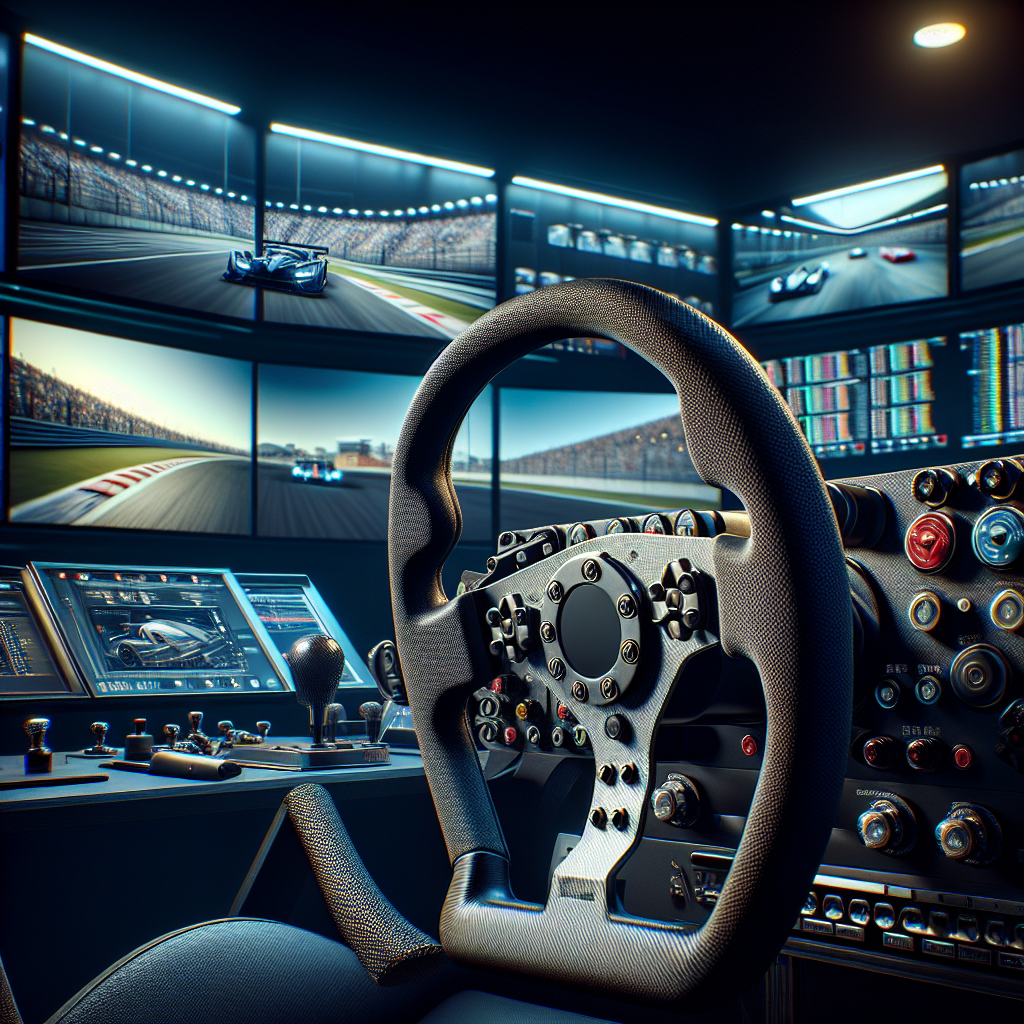
Sim Racing Controls
Customizing Controls
Customizing controls is an essential part of sim racing, as it allows players to personalize their experience. Most sim racing games and software offer extensive customization options for controls. Players can adjust steering sensitivity, pedal travel, and force feedback settings to suit their preferences. Customizing controls ensures a comfortable and tailored racing experience, enhancing immersion and control.
Force Feedback
Force feedback is a crucial component of sim racing controls. It provides realistic resistance and vibrations through the steering wheel, replicating the forces experienced during real racing. Force feedback technology communicates with the game or simulator to simulate the effects of various road conditions, tire grip, and vehicle dynamics. The strength and fidelity of force feedback can be adjusted to match individual preferences, allowing players to fine-tune the level of realism they desire.
Button Mapping
Button mapping refers to assigning specific functions to buttons on the steering wheel or controller. Sim racing games and software offer the flexibility to customize button mappings, allowing players to configure controls that are intuitive and efficient for their racing style. Commonly assigned functions include shifting gears, activating headlights, adjusting in-game settings, and toggling various driver aids.
Control Sensitivity
Control sensitivity refers to the responsiveness of the steering wheel, pedals, or controller. Players can adjust the sensitivity settings to match their driving style and comfort level. Higher sensitivity settings result in more immediate and precise inputs, while lower sensitivity settings offer a more gradual response. Finding the optimal sensitivity ensures smooth and accurate control inputs, improving performance and overall driving experience.
Sim Racing Game Modes
Single Player Experience
Single-player mode in sim racing offers a personalized and immersive racing experience. Players can race against AI opponents, choose different difficulty levels, and participate in various racing disciplines. Single-player mode often provides a progression system, allowing players to unlock new cars, tracks, and game modes as they progress. It’s a great way to improve skills, learn different racing techniques, and enjoy the thrill of competition without the pressure of multiplayer racing.
Multiplayer Racing
Multiplayer racing is one of the most exciting aspects of sim racing. It allows players to compete against real people from around the world, testing their skills and racing against opponents of varying skill levels. Multiplayer races can range from casual gatherings with friends to organized leagues and championships. Real-time competition adds an extra level of excitement and unpredictability to sim racing, as players can anticipate and react to the actions of human opponents.
Online Tournaments
Online tournaments provide a competitive platform for sim racing enthusiasts to showcase their skills. These tournaments are organized by individuals, communities, or gaming organizations and often feature cash prizes or sponsored rewards. In online tournaments, players compete against each other in a series of races, accumulating points or earning ranks based on their performance. Online tournaments foster a sense of competition and camaraderie within the sim racing community.
Career Mode
Some sim racing games offer a career mode, where players can embark on a racing journey starting from humble beginnings and progressing up the ranks. Career mode typically includes various challenges, races, and championships, allowing players to earn contracts with better teams, unlock new vehicles, and participate in prestigious events. Career mode provides a structured and immersive experience, allowing players to live out their racing fantasies and build their virtual racing legacy.
Sim Racing Tracks
Real-World Tracks
Sim racing offers a wide array of real-world tracks, faithfully replicated in virtual form. These tracks include famous race circuits such as Monza, Silverstone, Spa-Francorchamps, and the Nurburgring. Real-world tracks provide sim racers with the opportunity to experience the same challenges and nuances that real drivers face. The realistic track layouts, elevation changes, and trackside details create an authentic racing experience, allowing players to test their skills on iconic racing circuits.
Fantasy Tracks
Fantasy tracks are fictional race circuits created exclusively for sim racing. Unlike real-world tracks, these circuits offer unique and imaginative designs, often featuring breathtaking scenery and unconventional elements. Fantasy tracks provide a refreshing change of pace and present racers with new challenges and unknown corners. With no real-world reference points, drivers must rely on their instincts and adaptability, making fantasy tracks a thrilling and unpredictable experience.
Street Tracks
Sim racers can also experience the excitement of racing on city streets. Street tracks, commonly found in racing games such as the “Need for Speed” series or “Gran Turismo,” simulate the thrill of racing through renowned cityscapes. These tracks often feature iconic landmarks, bustling urban environments, and tight corners. Street tracks demand precise driving skills and quick reflexes, as racers navigate through narrow streets and avoid obstacles in their pursuit of victory.
Sim Racing Vehicles
Race Cars
Sim racing offers a wide variety of race cars from different racing disciplines. Players can experience the thrill of driving Formula 1 cars, endurance prototypes, touring cars, rally cars, and more. Each type of race car comes with its own unique handling characteristics and performance attributes, allowing players to explore various racing styles and strategies. Sim racing provides the opportunity to drive some of the most iconic and powerful race cars ever created, offering an exhilarating and adrenaline-fueled experience.
Street Cars
In addition to race cars, sim racing also allows players to drive a range of street-legal vehicles. Street cars offer a different driving experience, focusing more on everyday handling and performance. Players can select from a wide range of street cars, including sports cars, muscle cars, supercars, and classic cars. Sim racing provides a chance to test drive and experience the capabilities of these vehicles in a safe and controlled environment, appreciating their unique characteristics and design.
Customizable Vehicles
Many sim racing games and software offer the ability to customize vehicles, allowing players to personalize their cars to their preferences. Customization options often include different paint schemes, decals, body kits, and performance upgrades. This feature allows players to create their dream cars and showcase their unique style in multiplayer races or online competitions. Customizable vehicles add another layer of personalization and creativity to the sim racing experience.
Historical Cars
Sim racing enthusiasts with a passion for motorsport history can enjoy the opportunity to drive historical cars. These cars represent iconic vehicles from different eras, paying homage to the rich history of motorsport. From vintage Formula 1 cars to iconic racing legends, historical cars provide a glimpse into the past and allow players to experience the driving sensations of yesteryears. Sim racing offers a unique chance to appreciate the evolution of automotive engineering and experience the iconic cars that shaped racing history.
Sim Racing Competitions
Professional Sim Racing
Professional sim racing has gained significant recognition as a legitimate form of motorsport. Professional sim racing competitions feature highly skilled drivers who compete in virtual races with the same determination and fervor as real-world racing. These events often attract sponsorship and media attention, further solidifying sim racing as a competitive sport. Professional sim racing provides an avenue for talented drivers to showcase their skills on a global stage and potentially transition into real-world racing.
Esports Events
Esports events in sim racing have experienced tremendous growth in recent years. These events bring together casual and competitive sim racers in organized tournaments, attracting large audiences and offering substantial prize pools. Esports events allow players to compete against the best in the world and establish themselves as top sim racers. The popularity of sim racing esports has created a vibrant community and professional circuits, fostering a sense of camaraderie and competition among sim racing enthusiasts.
Sim Racing Championships
Sim racing championships serve as the pinnacle of competitive sim racing. These championships consist of a series of races held over the course of a season, with drivers accumulating points based on their performance. Championships often feature multiple racing disciplines and offer the opportunity to compete for prestigious titles. Sim racing championships mirror the structure and excitement of real-world racing series, providing a highly competitive and intense environment for talented sim racers.
Benefits of Sim Racing
Affordability
One of the key advantages of sim racing is its affordability compared to real racing. Engaging in real racing requires substantial financial investments, including purchasing and maintaining a race car, race entry fees, and additional expenses. Sim racing, on the other hand, provides a much more budget-friendly option. While initial setup costs for sim racing hardware and software are involved, they are significantly lower than the costs associated with real racing. Sim racing allows enthusiasts to experience the joy of racing without breaking the bank.
Accessibility
Sim racing offers accessibility to people of all ages and abilities. Unlike real racing, which may have physical and age restrictions, sim racing can be enjoyed by anyone with a computer, gaming console, or smartphone. It removes barriers such as geographical proximity to race tracks, allowing individuals who may not have access to racing circuits to experience the thrill of racing from the comfort of their own homes. Sim racing is inclusive, providing a platform for racing enthusiasts to come together and share their passion.
Education and Training
Sim racing serves as a valuable tool for education and training. Racing simulators provide the opportunity to learn and practice racing techniques, vehicle dynamics, and racecraft. The realistic physics models and accurate track layouts facilitate the development of driving skills and strategy. Sim racing can be used as a training tool for real-world racing, allowing drivers to familiarize themselves with tracks, improve lap times, and hone their racing instincts. It also offers an educational platform for aspiring engineers and mechanics to learn about vehicle dynamics and tuning.
Real-Life Skill Development
Sim racing helps develop a range of real-life skills that are transferable to different aspects of life. The intense concentration and focus required in sim racing can improve cognitive abilities such as decision-making, multitasking, and situational awareness. Sim racers develop hand-eye coordination, precision, and fine motor skills, which are essential in various occupations and activities. Additionally, sim racing fosters patience, perseverance, and resilience, qualities that can be applied to real-world challenges and endeavors.
Community and Socialization
Sim racing creates a vibrant and supportive community of like-minded individuals. Online multiplayer races, forums, and social media platforms allow sim racers to connect, compete, and share their experiences. Sim racing communities offer a place for discussions, tips, and advice, fostering friendships and camaraderie among enthusiasts. Sim racing leagues and organized events provide opportunities for players to interact, collaborate, and form teams. The sense of community and socialization experienced in sim racing adds an inherent value beyond the racing itself.
Sim racing has become a thriving industry, attracting a diverse range of individuals who share a passion for racing and the thrill of competition. Whether it’s the affordability, accessibility, or the opportunity to pursue a virtual racing career, sim racing offers an immersive and exhilarating experience. With advancing technology and evolving racing simulations, sim racing continues to push the boundaries of realism, providing an ever-growing community of enthusiasts with an unprecedented racing adventure. So buckle up, grab the wheel, and get ready to embark on the exhilarating journey of sim racing!



